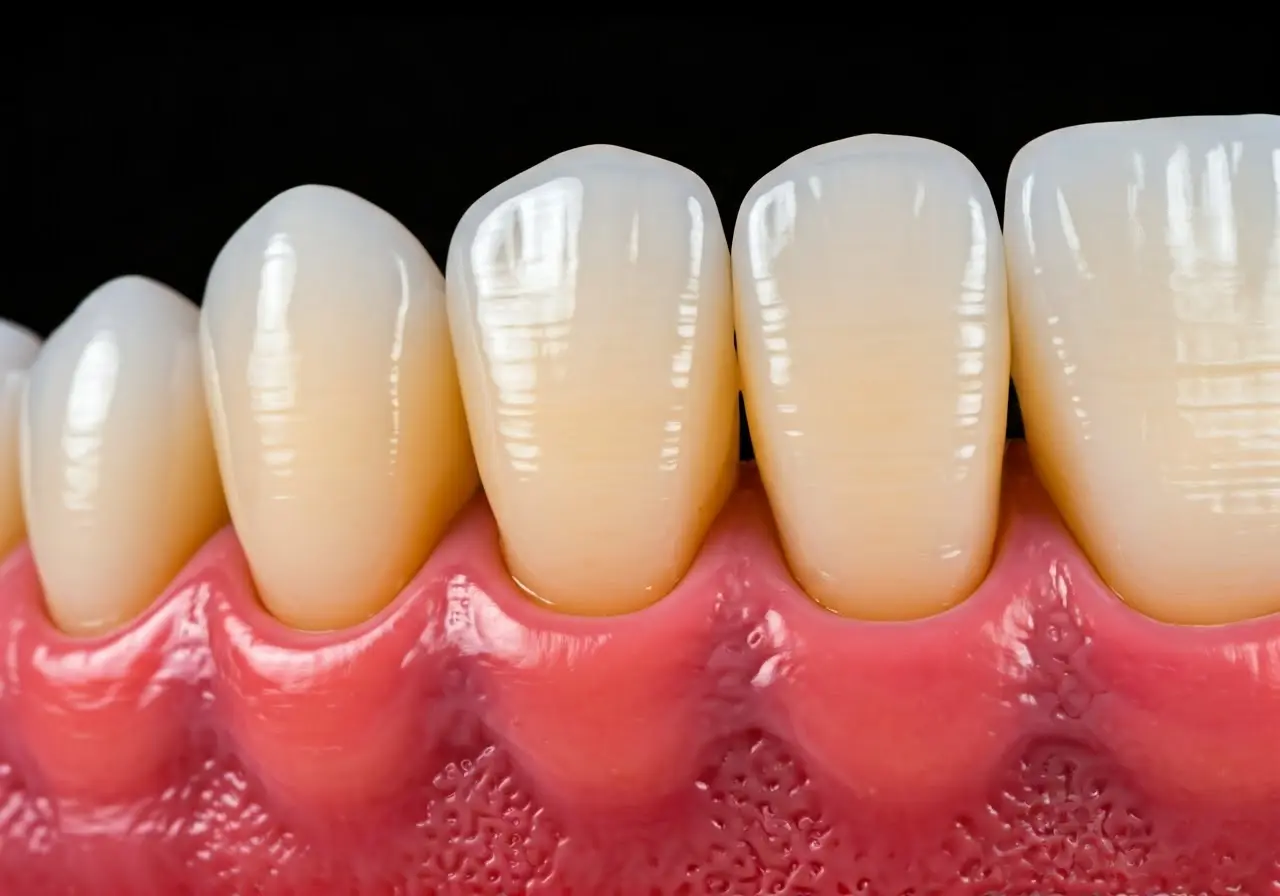Composite fillings are a popular choice when it comes to dental repairs, but there’s more to them than meets the eye. Whether you’re considering your dental options or simply curious, these surprising facts will shed some light on the benefits and inner workings of composite fillings.
1. A Natural Look That Blends In
One of the biggest advantages of composite fillings is their ability to mimic the natural color of your teeth. This makes them an ideal option for those who are concerned about the appearance of their dental work. Composite resin is versatile in its ability to match almost any shade, ensuring the filling is nearly invisible once applied. The material is crafted to reflect light just like your natural teeth, contributing to their subtle and realistic appearance. Beyond aesthetics, the customization available with composite fillings means they can be sculpted to fit your tooth perfectly, enhancing both function and form.
In contrast to traditional amalgam fillings, which can be quite noticeable with their metallic sheen, composite fillings blend seamlessly into your smile. Whether you’re filling cavities at the front or back of your mouth, composites allow you to maintain your natural appearance. Additionally, because they can be polished to a high finish, composite fillings resist staining, helping to preserve that impeccable look over time.
2. A Versatile Solution for Various Dental Needs
Composite fillings are not just for cavities; they can also repair chipped teeth, restore worn edges, and more. Their adaptability makes them a popular choice among dentists and patients alike. This flexibility comes from the composite resin’s ability to bond directly to tooth surfaces, making it suitable for a variety of restorative applications beyond just fillings. When teeth are chipped from injuries or daily wear, composite resin can be used to replace and repair these imperfections, restoring your tooth’s original shape and strength.
Moreover, composites are also used in cosmetic dentistry to improve aesthetics, such as closing gaps between teeth or reshaping uneven teeth. This is significant because it means composites are a one-stop solution for many cosmetic concerns, offering both function and beauty. With their proven effectiveness, composite fillings can be combined with other cosmetic procedures, such as whitening treatments, to create a fully cohesive and attractive smile makeover. Explore our options to find what suits your needs best.
3. Bonding Strength That Provides Durability
Composite fillings chemically bond to your existing tooth structure, offering additional strength and support. This helps in maintaining the integrity of your tooth while ensuring long-term durability. The bonding process also means that the fillings can adapt to the natural teeth, providing excellent protection against cracking and other forms of damage. Composite resin can be layered during the application process, which further reinforces the repair and provides a structured, robust finish.
This bonding capability ensures that less of the natural tooth needs to be removed during preparation, preserving more of the original tooth structure. As a result, your teeth end up stronger and healthier over time. The adhesive strength of the composite material is often a decisive factor for patients who are interested in extensive restoration work. By integrating seamlessly into the existing tooth, composites create a uniform and smooth surface, enhancing both dental function and appearance.
4. A Minimally Invasive Dental Option
With composites, there is usually less tooth structure removed compared to amalgam fillings. This minimal drilling approach helps preserve more of your healthy tooth. The benefit of this approach is significant in terms of overall dental health; by retaining more of the natural structure, the tooth maintains its strength and integrity, reducing the risk of future decay or damage. This minimally invasive process also means a quicker and more comfortable experience for patients, lessening the anxiety often associated with dental procedures.
Additionally, the reduced need for drilling means that the procedure is often faster, allowing for a more convenient experience. This aligns well with modern dentistry’s focus on patient comfort and conservation. The less invasive method provided by composite fillings not only conserves the natural tooth but also leads to less post-operative discomfort and faster healing times. For those apprehensive about dental procedures, this simplicity can make a world of difference.
5. Resistance to Temperature Changes
Composite fillings have the added benefit of expanding and contracting naturally with your tooth, reducing the risk of cracking from temperature changes. Unlike metals in amalgam fillings, which can lead to micro-fractures due to their rigid nature, composites flex with the natural thermal changes in your mouth. This adaptive quality means they are better suited for withstanding the everyday challenges of hot and cold food and drink.
This temperature resistance ultimately contributes to the longevity of the filling, ensuring that it maintains its integrity over time. By accommodating these natural shifts, composite fillings help prevent the tooth from experiencing stress that might lead to cracks or breaks. This makes them especially appealing for those who enjoy a varied diet and seek long-lasting dental solutions.
6. Simple and Efficient Application Process
The procedure for applying composite fillings is relatively simple and can typically be completed in a single appointment, saving you time and stress. The entire process involves cleaning the decayed area, applying the composite resin in layers, and curing each layer with a special light. This method ensures an optimal fit and finish, anchoring the filling securely to the tooth. The quick, efficient nature of the procedure not only is convenient but also generally requires less anesthetic, contributing to a more pleasant dental visit.
7. An Eco-Friendly Dental Choice
Unlike amalgam fillings, composite fillings do not contain any metals or mercury, making them a more environmentally friendly choice for your dental work. This absence of metals also means that they are safer for individuals with metal allergies. The resin used in composites is crafted from a mixture of plastic and fine glass particles, materials less harmful to the environment while still being highly effective in restoration. Additionally, the production and disposal of composite materials pose far fewer environmental risks, aligning with sustainable practices.



